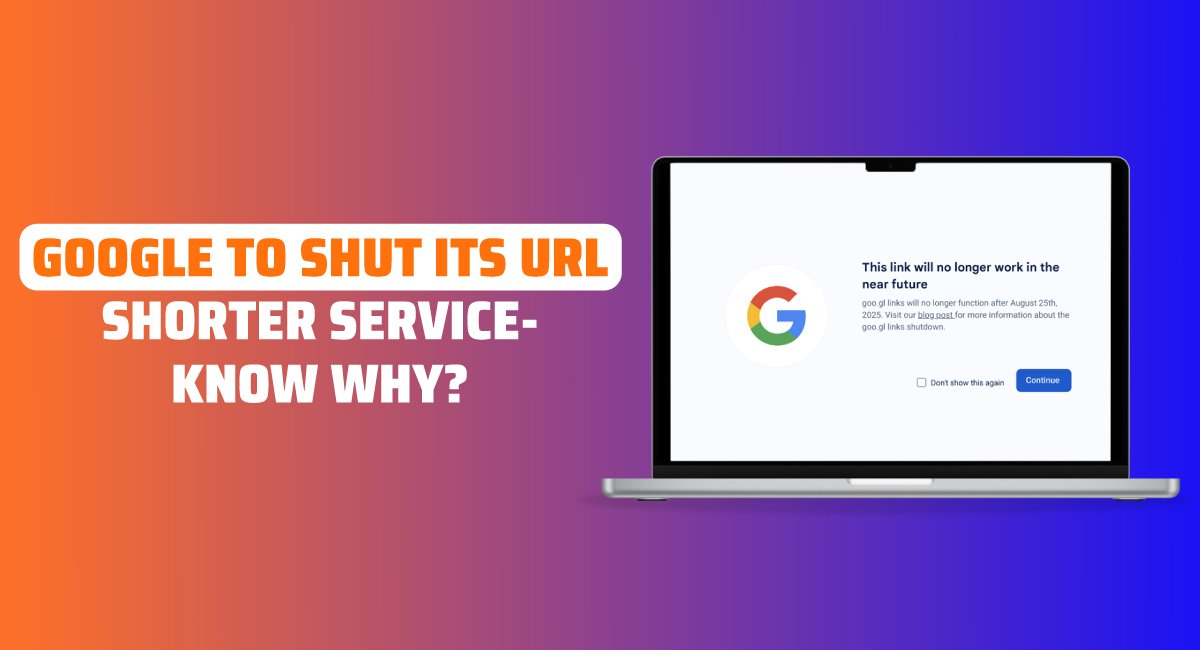
Why Clients Say No: 5 Reasons and How to Fix It
There are several reasons why clients may choose to say no when presented with a product or service. One of the most common reasons is that they simply do not see the value in what is being offered.
Clients may feel that the product or service does not meet their needs or do not provide a solution to their problems. This lack of perceived value can lead to a client deciding to say no and look for alternative options that they believe will better meet their requirements.
Another reason why clients may say no is due to a lack of trust or confidence in the provider. Clients want to feel confident that they are making the right decision and that they can trust the company to deliver on their promises.
If a client has had a negative experience with the provider in the past or if they do not feel that the provider is reliable, they may be inclined to say no and seek out a more trustworthy option.
Finally, clients may say no due to budget constraints or financial reasons. Even if they see the value in the product or service being offered, if they cannot afford it or if it does not fit within their budget, they may have no choice but to decline.
Clients may also prioritize other expenses or investments over the product or service in question, leading them to say no despite seeing the potential benefits. In these cases, it is important for providers to understand the client's financial situation and work with them to find a solution that meets their needs and budget.
How to Fix?
Sure! Here are five common reasons clients might say no, along with strategies to address each issue:
1. Lack of Trust
-Reason: Clients may feel uncertain about your credibility or the quality of your work.
-Fix: Build trust through testimonials, case studies, and referrals. Be transparent about your process and share your qualifications. Regular communication can also help establish a relationship.
2. Budget Constraints
-Reason: The client may see your services as too expensive for their current budget.
-Fix: Offer different pricing tiers or packages to accommodate varying budgets. Clearly outline the value and ROI of your services to justify the cost. Be open to negotiating terms or offering discounts for long-term commitments.
3. Unclear Value Proposition
-Reason: Clients may not fully understand how your services will benefit them.
-Fix: Tailor your pitch to address the specific needs and pain points of the client. Clearly communicate the benefits and outcomes they can expect. Use concrete examples or case studies to illustrate your points.
4. Timing Issues
-Reason: Clients might feel that it’s not the right time for them to engage your services.
-Fix: Understand the client’s timeline and priorities. Follow up periodically to stay on their radar, and offer to provide insights or resources that may help them in the meantime. Suggest a future check-in to see if their situation changes.
5. Fear of Commitment
-Reason: Clients may hesitate to commit to a long-term contract or investment.
-Fix: Provide options for shorter trial periods or project-based work. This allows clients to test your services with less risk. Assure them of your support and flexibility in adapting to their needs.
Conclusion
Understanding the reasons behind a client's hesitation can help you tailor your approach and ultimately increase your chances of closing the deal. Open communication and a willingness to adapt can make a significant difference in overcoming objections.

.png)


.png)






.png)
.png)


.png)
.png)
.png)
.png)
.png)
.png)
.png)

.png)
.png)
.png)
.png)
.png)
.png)
.png)
.png)
.png)
.png)









.jpg)












































































































